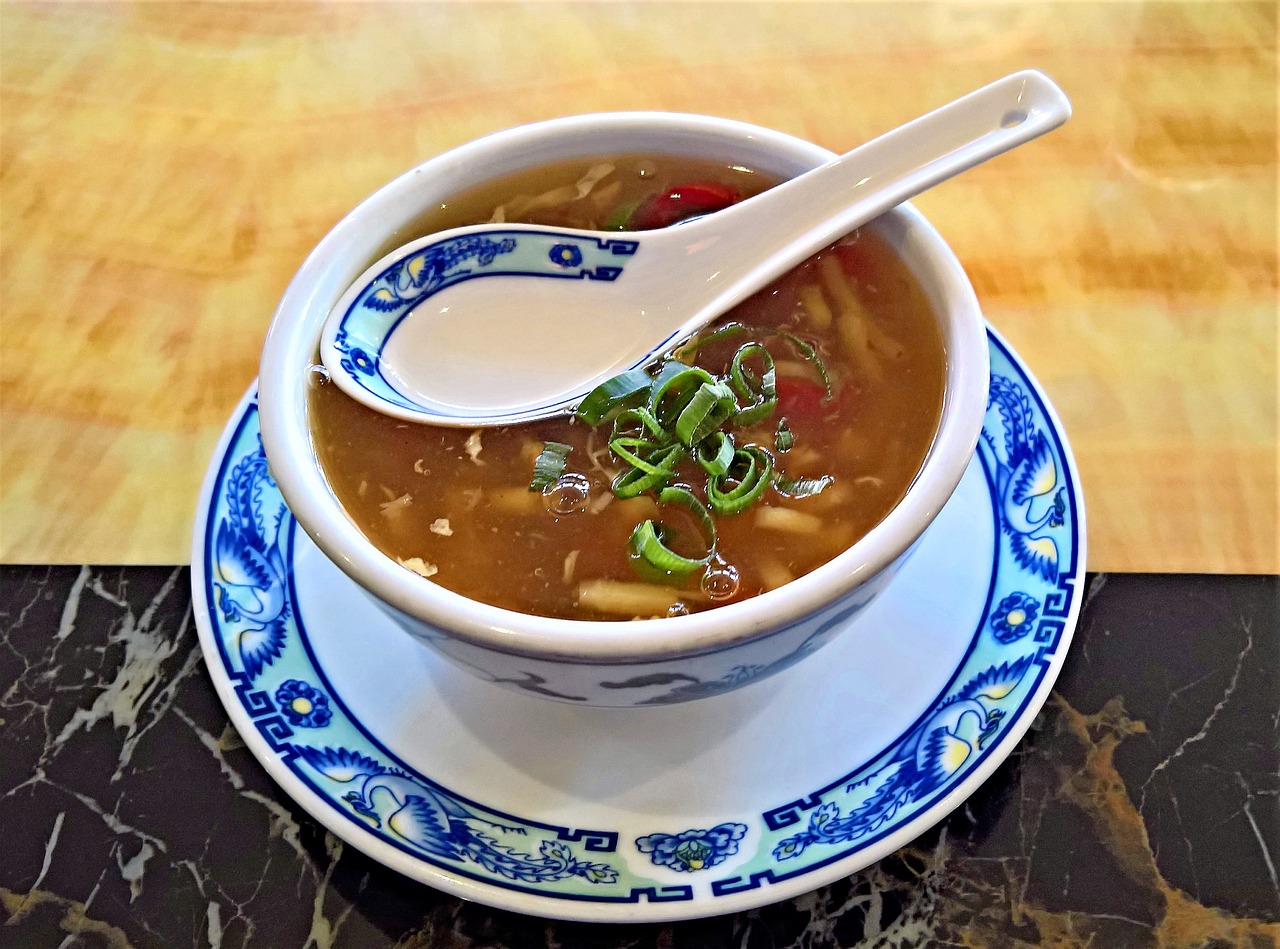When you think of soup, what comes to mind? Perhaps a comforting bowl of chicken noodle or a hearty serving of minestrone. But have you ever heard of porcupine soup?
This intriguing dish, with a name that piques curiosity and invites questions, is not what it seems at first glance. Let’s dive into the story behind porcupine soup, its origins, and how to make it.
The Origin of Porcupine Soup
Despite what the name suggests, porcupine soup does not involve the prickly creature we associate with forests and woodlands. Instead, the dish derives its name from its unique appearance. The “porcupine” in the name comes from the way the ingredients resemble the spiky animal.
Porcupine soup is a creative twist on the classic meatball soup, where rice is mixed into the meatballs before cooking. As the meatballs simmer in the broth, the rice expands and protrudes, giving them a spiky appearance reminiscent of a porcupine’s quills.
A Historical Perspective
The concept of porcupine meatballs dates back to the early 20th century in American cuisine. It became popular during the Great Depression as an economical yet hearty meal.
The dish was easy to prepare, required simple ingredients, and provided a nutritious option for families. Over time, variations of the recipe have been passed down through generations, evolving into the beloved porcupine soup we know today.
Ingredients for Porcupine Soup
Creating porcupine soup is straightforward, requiring only a handful of ingredients that are likely already in your pantry. Here’s what you’ll need:
- For the Meatballs:
- 1 pound ground beef
- 1/2 cup uncooked white rice
- 1 egg
- 1/4 cup finely chopped onion
- 1 teaspoon salt
- 1/2 teaspoon black pepper
- 1/2 teaspoon garlic powder
- For the Soup:
- 4 cups beef broth
- 1 can (14.5 ounces) diced tomatoes
- 1 cup chopped carrots
- 1 cup chopped celery
- 1/2 cup chopped bell pepper
- 1 bay leaf
- 1 teaspoon dried thyme
- Salt and pepper to taste
Cooking Instructions
- Prepare the Meatballs:
- In a large bowl, combine ground beef, uncooked rice, egg, chopped onion, salt, pepper, and garlic powder.
- Mix well until all ingredients are thoroughly combined.
- Shape the mixture into small meatballs, about 1 inch in diameter.
- Make the Soup:
- In a large pot, bring beef broth and diced tomatoes to a simmer.
- Add the chopped carrots, celery, and bell pepper to the pot.
- Carefully place the meatballs into the simmering broth.
- Add the bay leaf and dried thyme.
- Cover and let the soup simmer for about 30 minutes, or until the meatballs are cooked through and the rice has expanded, giving the meatballs a spiky appearance.
- Season and Serve:
- Remove the bay leaf from the soup.
- Season with additional salt and pepper to taste.
- Ladle the soup into bowls and serve hot, enjoying the unique texture and flavor of the porcupine meatballs.
A Culinary Adventure
Porcupine soup is more than just a meal; it’s a culinary adventure. Its whimsical name and delightful appearance make it a fun dish to prepare and enjoy, especially with family and friends.
The next time you’re in the mood for something a little different, give porcupine soup a try. You might just find it becomes a new favorite in your recipe repertoire.
Conclusion
Porcupine soup is a testament to the creativity and resourcefulness of home cooks. What started as an economical dish during tough times has become a quirky, beloved recipe that continues to bring joy to dining tables.
Whether you’re familiar with its history or discovering it for the first time, porcupine soup is sure to intrigue and satisfy with its unique charm and hearty flavors. So, gather your ingredients, roll up your sleeves, and embark on a delightful culinary journey with porcupine soup.


